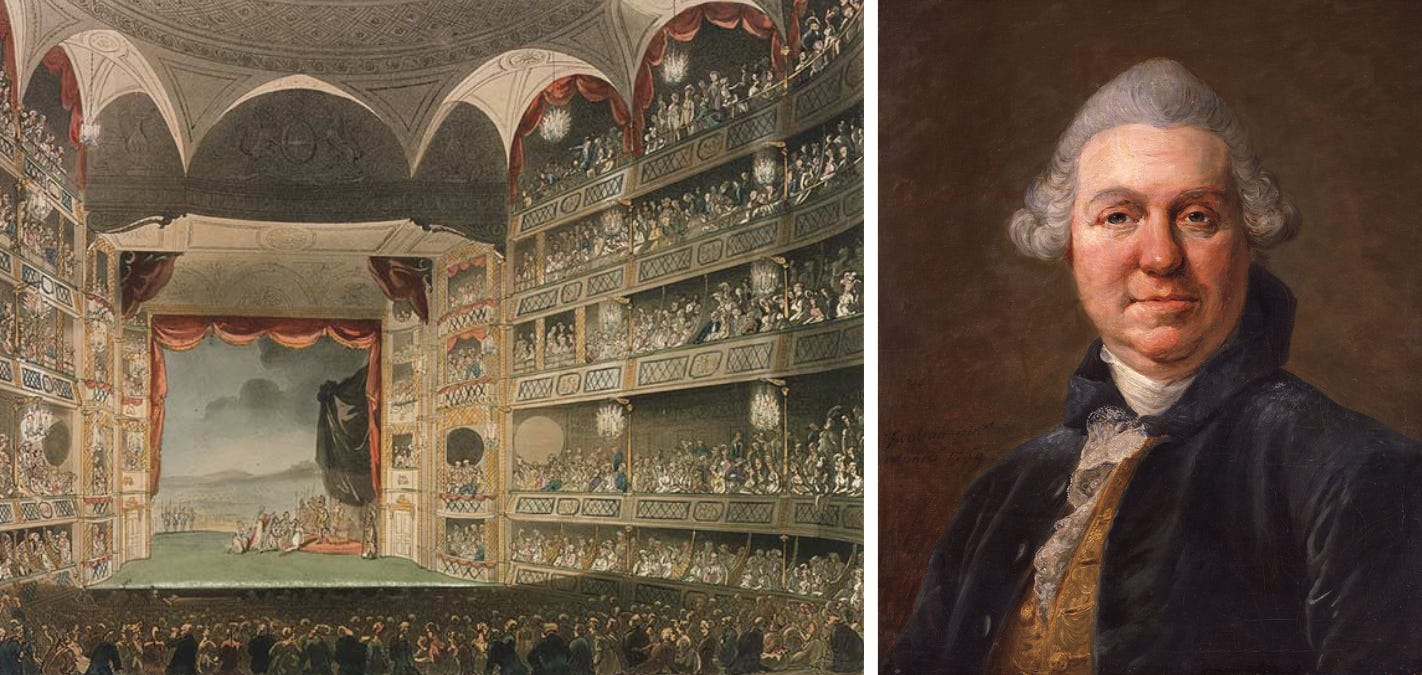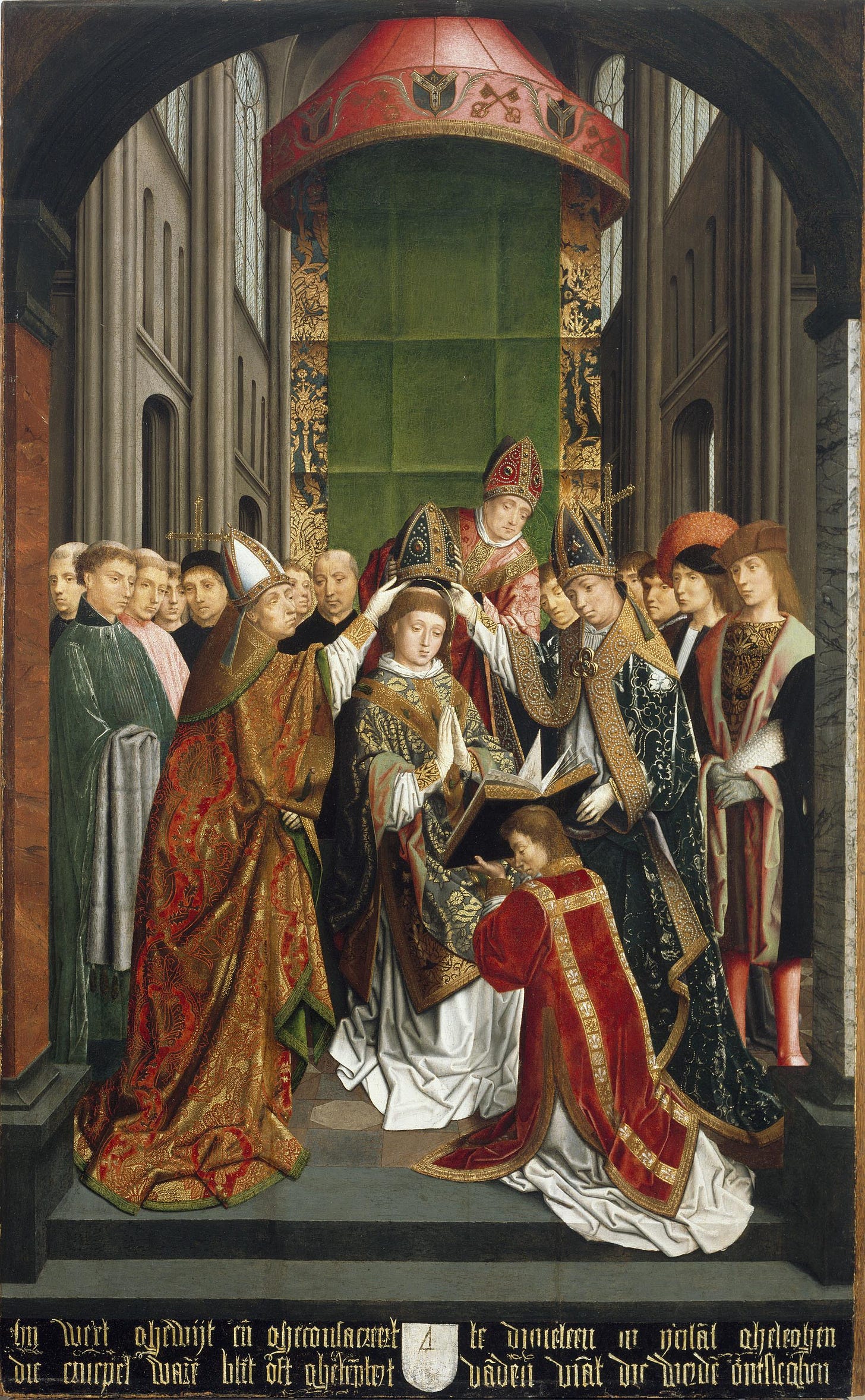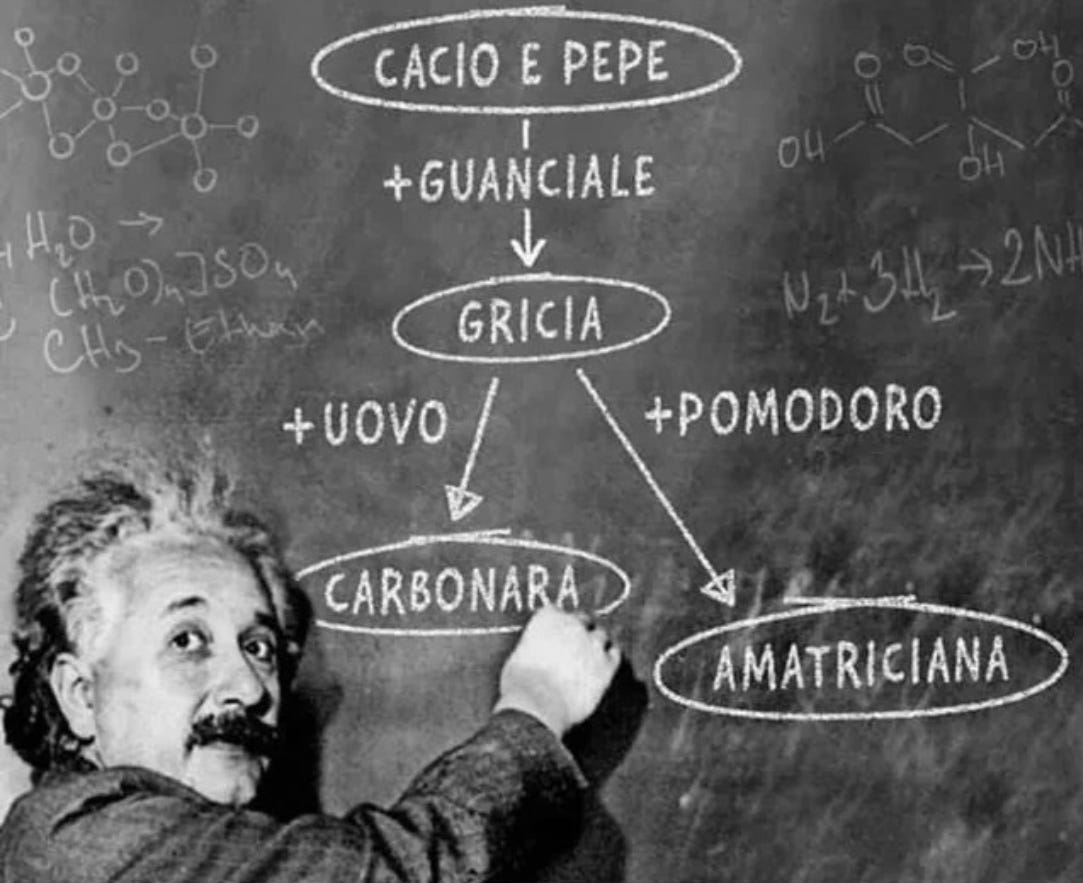
I’m thrilled to share this week’s guest post from celebrated author Nancy Bilyeau, whose brand-new novel The Versailles Formula dives into a world of art, alchemy, and ambition. It’s a perfect pairing with Laura Morelli’s The Keeper of Lost Art, both richly woven stories about the secrets, power, and allure of art. Read through to the end to enter to win a copy of one of these fantastic new books!
The Inescapable Reality of Art Fraud by Nancy Bilyeau
In 1752, a new play titled Trust opened in the Theatre Royal, Drury Lane (pictured above). In the eighteenth-century, everyone in London society was obsessed with the theatre. The playwright, Samuel Foote, had already thrilled audiences with his wicked farces that pricked the egos of the Ton. Like other playwrights and theatre managers who found success, he tackled current controversies in his work.
The main characters of Trust are a corrupt auctioneer and his partner in crime, a forger of Old Masters paintings. They prey on English aristocrats who consider themselves connoisseurs of art but could be deceived. In the play, collectors scramble to buy broken pieces of china after hearing they are valuable. Following advice, the character “Lord Dupe” purchases a canvas with the paint scraped off.
In his foreword to the play, Foote wrote that he was attacking “barbarians who have prostituted the study of antiquity to trifling superficiality, who have blasted the progress of the elegant arts by unpardonable frauds and absurd prejudices, and who have vitiated the minds and morals of youth by persuading them that what serves only to illustrate literature is true knowledge and that active idleness is real business."
Today art fraud is a massive crime. The FBI estimates that art and cultural property crime results in billions of dollars of losses each year. In 2014, the global news agency Agence France-Presse said that half of the world’s artworks in circulation were fakes. The art world has been furiously debating this estimate ever since.
“Art forgery is a function of admiration for particular artists, collectors who want their works, and a market that makes these works valuable,” says William Casement in his book The Many Faces of Art Forgery.
In the seventeenth and eighteenth centuries, some celebrated cases of art fraud were discovered. But the stage was set earlier, during the Renaissance. Some of the greatest artists in history had a different view on trickery than we do. Michelangelo sculpted a Cupid, buried it to make it look older, and then sold it to a Cardinal.
But more than certain individuals trying to take advantage, the studio system of the Renaissance blurred identities. Many painters took on apprentices who perfected their techniques by copying the works and style of the master. As a payment for their training, the master would sell these works. Raphael had a large studio with many assistants and some of his paintings were essentially collaborative. Rubens and El Greco also employed many assistants and the artists were imitated during their lifetime, sometimes in tribute and sometimes with other motives. Hieronymous Bosch was imitated widely as well.
A step further was taken during the 16th century, when imitators of Albrecht Durer’s style of printmaking added signatures to increase the value of their prints. He was the most victimized artist in his own lifetime and complained about the flood of counterfeits to little avail.
Confusion about who really was responsible for some Old Masters’ paintings reverberates into the twenty-first century.
In the eighteenth century, aristocrats with money to spend on art became unwilling targets. Their interest in Renaissance masterworks was often spurred by a Grand Tour through Italy and Greece. To be a connoisseur of art was highly desirable. But this was a time before provenance checks and scientific analysis.
What happened was perhaps inevitable.
The English sculptor Francis Harwood, based in Italy, is believed to have committed forgery on the side. He created some imitations of ancient figures to sell to Grand Tour visitors.
One of the best-known examples of art crime was when William Sykes, a London art dealer, found a fifteenth-century religious oil painting by an unknown artist and decided it was an opportunity. He added an inscription under the painting indicating it was by Flemish master Jan van Eyck–his earliest known work. Sykes then approached the Duke of Devonshire and somehow convinced him that this discovered masterpiece was a van Eyck portrait of Saint Thomas à Becket, commissioned by King Henry V.

However, modern scholarship has reattributed the painting to the Master of the Youth of Saint Romold, an anonymous Flemish artist active in the 15th century. The painting is currently housed in the National Gallery of Ireland.The Duke bought the painting for a large sum, and it hung in his London house for many years. However, doubts were first raised in the 19th century, and in 1937, a Belgian art historian reattributed the work to an anonymous master.
In 1958, the painting was sold by the family to a gallery, with little fanfare, for £4,200.
Nancy Bilyeau is the author of eight historical novels. Her Genevieve Planche series–The Blue, The Fugitive Colours, and The Versailles Formula–is set in the 18th century and revolves around the art and porcelain world and a deadly competition between France and England to create the most beautiful shade of blue. To learn more, go to www.nancybilyeau.com.
What’s Bringing Me Joy This Week
You can now have a five-minute conversation with Salvador AI Dalí. His accent isn’t nearly as strong as it would have been in life, but it is fun to chat with him. I told him how I wrote a book that included him! 😍 Dial Dalí And yes, I do know about the intended AI film Giraffes on Horseback Salad, which I’m on the fence about. I think Dali would have been like me…fascinated and horrified by AI. This critic thinks he would be horrified about the new film…and for the reasons he cites, I tend to agree.
When I was young, kids ran wild. So wild that there were PSAs on TV to remind parents they should go see where their kids were at. They frequently featured big celebrities who also reminded you of the time.
Einstein was a genius.
I still miss Bowie, and I adore Philamena Cunk.
And Now It’s Time For A…
The Versailles Formula by Nancy Bilyeau
Genevieve Sturbridge thought she’d left danger behind in London. Now she lives a quiet life in the countryside with her husband and son. But an invitation to dine at Sir Horace Walpole’s eerie Gothic estate pulls her back into a deadly world of deception, espionage and murder. At the mysterious dinner party, Genevieve uncovers a shocking secret — a rare pigment of pure blue is being produced again. Coveted by royalty, chemists and spies, its formula is priceless . . . and lethal. Some will kill to possess it. Others will kill to keep it buried. This thrilling historical mystery, with its captivating plot of secrets, murder and espionage is perfect for fans of Irina Shapiro, Anna Lee Huber, Emily L. Finch, Kate Morton, Andrew Taylor and C.J. Sansom.
The Keeper of Lost Art by Laura Morelli
During World War II, a girl makes an unbreakable connection with a boy sheltering in her family’s Tuscan villa, where the treasures of the Uffizi Galleries are hidden. A moving coming-of-age story about the power of art in wartime. Inspired by the incredible true story of a single Tuscan villa used as a hiding place for the treasures of Florentine art during World War II, The Keeper of Lost Art takes readers on a breathtaking journey into one of the darkest chapters of Italy’s history, highlighting the incredible courage of everyday people to protect some of the most important works of art in western civilization.
Do you want to win one of these books?
To sign up for the giveaway, you can fill out this form. Your name will be thrown into the hat for a shot at a paperback copy. This giveaway closes at midnight ET on Wednesday, 05/14/25. Winners will be notified within 48 hours of the giveaway closing and announced in a future newsletter/post.
Important to Note: You must be 18+ and a United States resident (pesky international laws make it tricky to do giveaways worldwide). If you are someone who loves to read the rules, you can find the obligatory info here.
Thanks for Joining Me
If you love food and love Italy, and haven’t read IN THE GARDEN OF MONSTERS, THE CHEF’S SECRET or FEAST OF SORROW, click the links to learn where to buy your copy! And now you can pre-order my latest, THE HAPPINESS COLLECTOR!
You can also follow me here: Website | Instagram | Facebook | Threads | Bluesky








